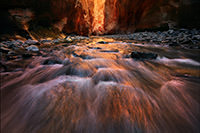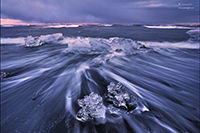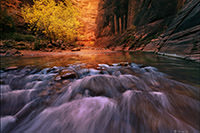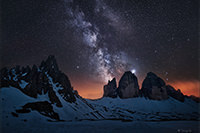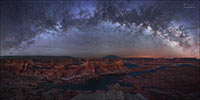

The Best Accessories for MF Technical Cameras
I discuss accessories such as filters, tripods, tripod heads, software in this section. For digital backs, cameras, and lenses, there are only one or a few clear winners of the image quality echelons. However, in the business of accessories, there are far more competitions. There is absolution no way to list all the good products here. Nevertheless, the products discussed here are among the best. I have years of firsthand experiences using and severely abusing them, and I am satisfied in general. If there are any complains I will point out.
My Filters

I have not used a GND (Graduated Neutral Density) filter for years. Frankly, I don't understand why there are people still using them while shooting digital medium-format. I do use ND (Neutral Density) filters, as well as CPL filters. I only use Kase filter at this moment. I owned and tested many filters, including Breakthrough, Lee, Singh-Ray, Firecrest, etc. While many of them are of good quality, I found Kase filters are among the ones with the least color cast (virtually invisible) and the best resolution (again no visible losses).
As I mentioned in the disclaimer, I am the Global Image Ambassador for Kase Filters (Hi, I am supposed to promote the use of GND filters, right? Sorry. I won't). However, I agreed to serve in this position only because they have the best products in the field, after testing many different filters extensively myself. When I do need a filter, I will only use Kase. Again, if you use the best camera body, the best digital back, and the best lenses in the world, to make images for yourself, you only want to put the best filters in front of the glass. The logic holds.
Tim Parkin of the "On Landscape" magazine tested 14 different 10-Stop ND filters a few years back. He also ranked Kase KW100 Wolverine filter among the best of the bunch. You can access Tim’s test here. I am quoting his conclusion (emphasis added):
"So it looks like the Haida filter is probably the best in terms of price and performance and it was the only filter that was almost completely neutral, the other being the Kase Wolverine. They are closely followed by the Progrey and the Lee Pro Glass IRND which is an excellent performer for a bit extra pocket damage and had the best reflection control. Nisi are good and Firecrest are almost as good and also cheaper."
Filters have been improved significantly in the last 10 years. To be frank, even though Kase is ranked by many to be the best or one of the best in terms of image quality, the top few filter brands on the market perform so similar and there is practically no difference in terms of image quality. If Brand X is 99.99% color neutral and Brand Y is 99.97% color neutral, can you really see the difference? What is REALLY important is the mounting system (it will make a huge difference in the field) and the types of filters (square or round). This is where Kase is so much far ahead of many competitors such as LEE. Kase offers both round filters and square filters. Personally, I think round filters are so much easier to carry and to use than the squared ones. Their filters come with many different mounting options, including screw-on mount, magnetic mount, holder mount, to name a few. They even have tiny (in the size of a SD card) rare-mount filters for ultra-wideangle lenses such as Canon 11-24mm, Nikon 14-24mm, and Canon TSE-17mm. Say goodbye to the huge 150-170mm filters!
I like the magnetic mounting version of Kase filters, which make mounting/unmounting filters a breeze. The glass used by the Kase Wolverine line is very strong. If you accidently drop it onto a hard surface, it will more than likely survive.
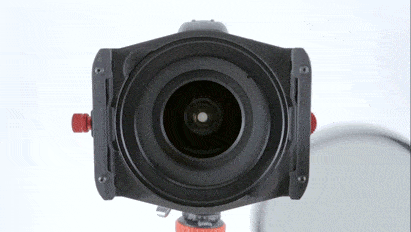
With the magnetic mounting system, you can mount/unmount a filter in seconds. Have you ever struggled with a stuck filter while watching the beautiful sunlight disappearing quickly? This type of frustration will never happen anymore.
If you shoot with an IQ 4150, then you don't need an ND filter for long-exposure. The built-in Frame Averaging function does a fantastic job. However, I do not do a lot of long exposure work. I do need filters to control the shutter speeds when shooting moving water. The following are some sample images that you cannot do without filters.
Tripods
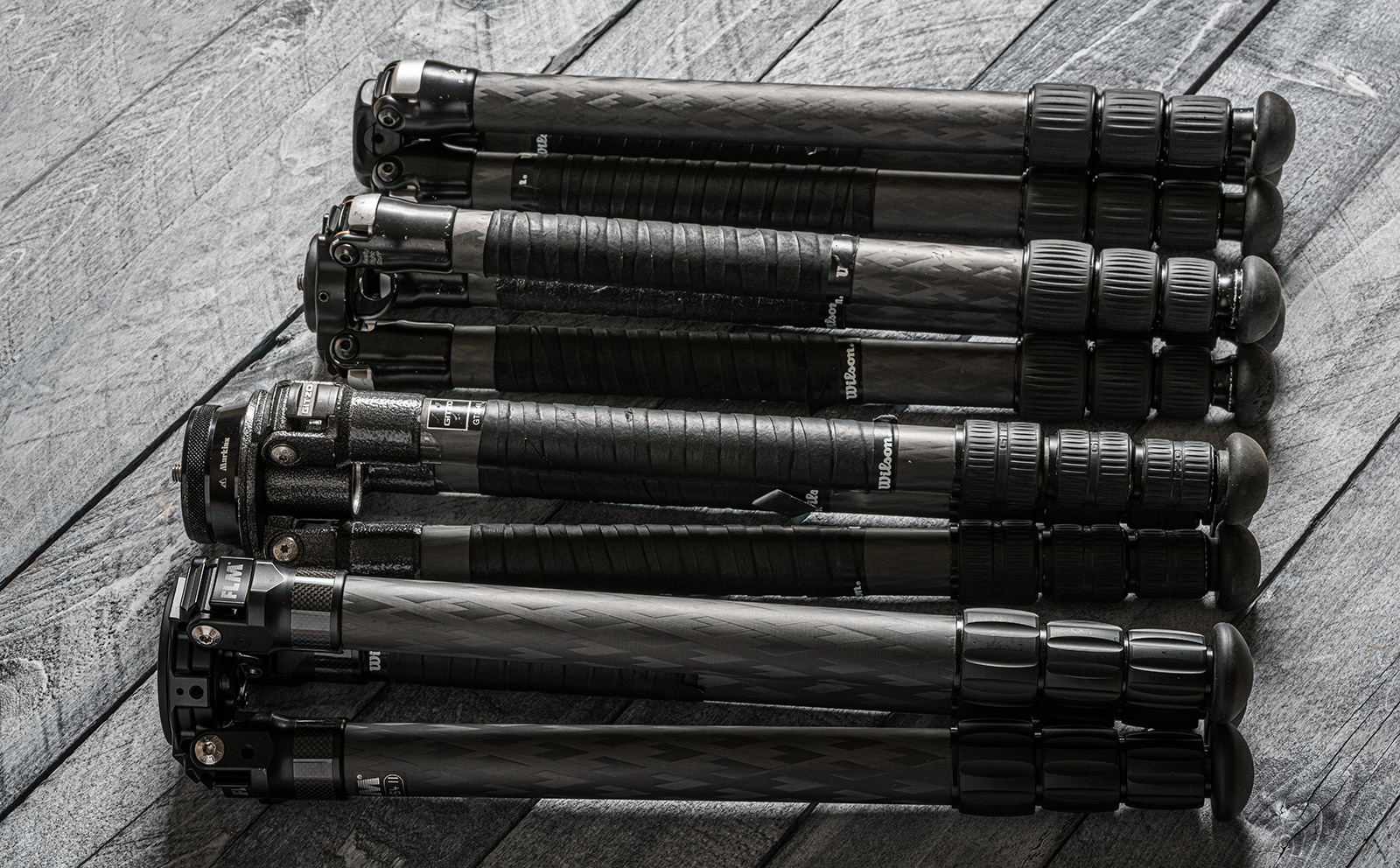
From bottom to top: (1) FLM CP34-S4 II; (2) Gitzo 3541 Systematic with Markins TB-30 Tripod Base; (3) RRS TVC-24 the original; (4) RRS TVC-24 Mark II. I won’t recommend the original RRS, although you probably cannot find a new one anyway. Any of the other three is an excellent choice.
Of the many tripods that I have used, four of them (I still have all of them) are suitable for medium format systems: RRS TVC-24 Mark II, RRS TVC-24 the original, Gitzo 3541 Systematic, and FLM CP34-S4 II. All of them are very high-quality tripods. My Gitzo 3541 never gives me trouble. It is heavier than RRS TVC-24, so it is seldom used outside my home. The original TVC-24 has a problem: the rubber outer layers of its twist locks often get separated from the inner metal part, almost always at the most inconvenient moment (on top of some very remote mountains). RRS replaced all the twist locks but the problem persists. I bought a TVC-24 Mark II and thankfully I have yet to experience similar issues.
FLM CP34-S4 II was provided to me by FLM two years ago as part of a long-term evaluation and feed-back process, before it went to the market. After two years, I am happy to report that it is very sturdy, and the long-term reliability is excellent. Any of these tripods - RRS TVC-24 Mark II, Gitzo 3541, FLM CP34-S4 II will be a good choice. However, I have heard of some horrible experiences with the almost non-existent customer service of Gitzo tripods (all secondhand recounts). The customer service of RRS and FLM are world-class.
Most wildlife photographers carry their big tripod and lens on their shoulder. As a result, many of them wrap their tripod legs with tripod wraps that have thick padding. I will never put my tripod on my shoulder with a medium-format camera on it! Thick padding is not required. However I do want to a better grip when holding the tripod. My solution is just to wrap the top sections of the legs with tennis wraps, and my problem solved.

Tripod Heads

Some of the tripod heads that I use. From right to left: (1) Manfrotto Junior Geared Head (410) + Hejnar Plate + RRS Panning Base (too heavy to be useful outdoor); (2) Arca-Swiss D4; (3) Arca-Swiss C1; (4) Arca-Swiss Core 60 Leveler; (5) Arca-Swiss Monoball P0; (6) Markins Q20i; (7) Markins Q3; (8) FLM CB-48FT
Over the years I have used many different types and brands of heads. The following are some of my favorites.

Arca-Swiss D4 Tripod Head with a Classic Knob Quick Release

This is my everyday platform and I just love it. It is such an excellent tool. The unique feature is that it combines the advantages of a ball head and a 3D tilt head in one compact system. Normally it functions as a geared head with very precise movements. However, when you release the X or Y-axes or both, you one can move the camera freely for fast composition. This device is not as elegant-looking as a C1 (it has an industrial or "tool-like" look), but it gets the job well done every time. Super stable. Super easy to use. Need I say more?

Arca-Swiss C1 Cube Geared Head with Arca Classic Quick Release

Probably the best-looking tripod head every created. It is a piece of art. Not as fast as D4 (you can’t free the X/Y axes), but it is equally precise, if not more. Most of my friends love this thing. I have a different opinion. When the base is lifted, if you add some pressure from the top, it gives. If the friction dial is turned all the way to maximum it will stay, but then it will be hard to adjust its position. Most of time it will be a nonissue. However, when I use a very heavy rig (e.g., with an equator tracker), it will not hold reliably. As a result, this thing becomes a beautiful decorative piece on my bookshelf most of time. What a shame. If fact, if I don't shoot with an equatorial mount, than C1 has no problem at all. For most other users this should be one of the best geared heads every created.

Arca-Swiss Monoball P0 Ballhead with Classic Quick Release
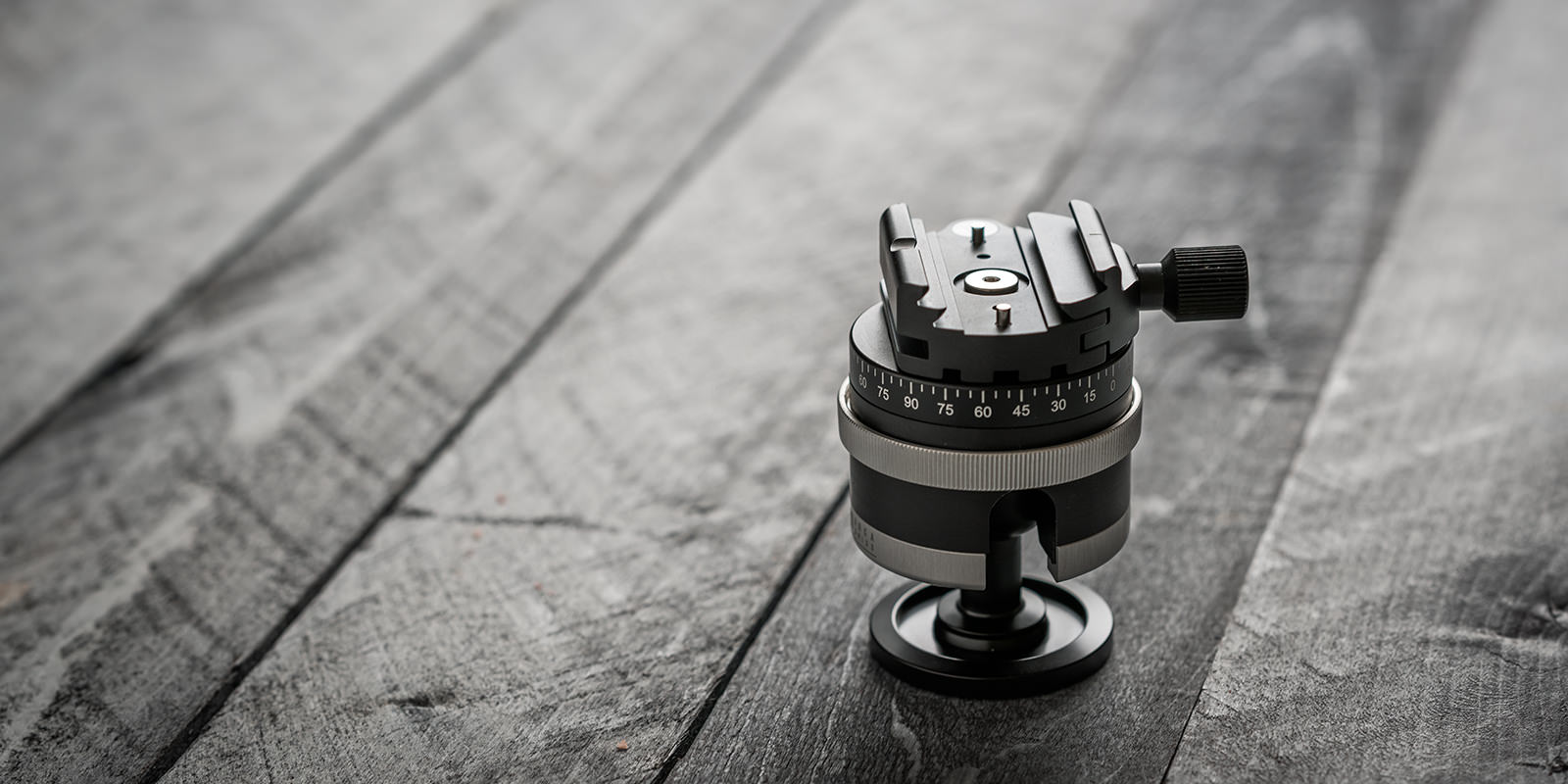
The design is very unique. It is compact and small. Compare to traditional ballheads, this one is "reversed", as the ball is attached to the tripod instead attaching to the camera. This makes panning from odd positions (e.g., from the top of a tracker) much easier. While it is a fabulous ballhead for 35mm cameras, for technical cameras I prefer the precision of a geared head. P0 is only used to mount my ALPA on an equatorial mount, which is mounted on a geared head. P0 makes panning the camera on an equatorial mount super easy, and I do need to pan the camera to capture the full arc of the Milky Way.

Markins Q20i with Quick Turn Knob
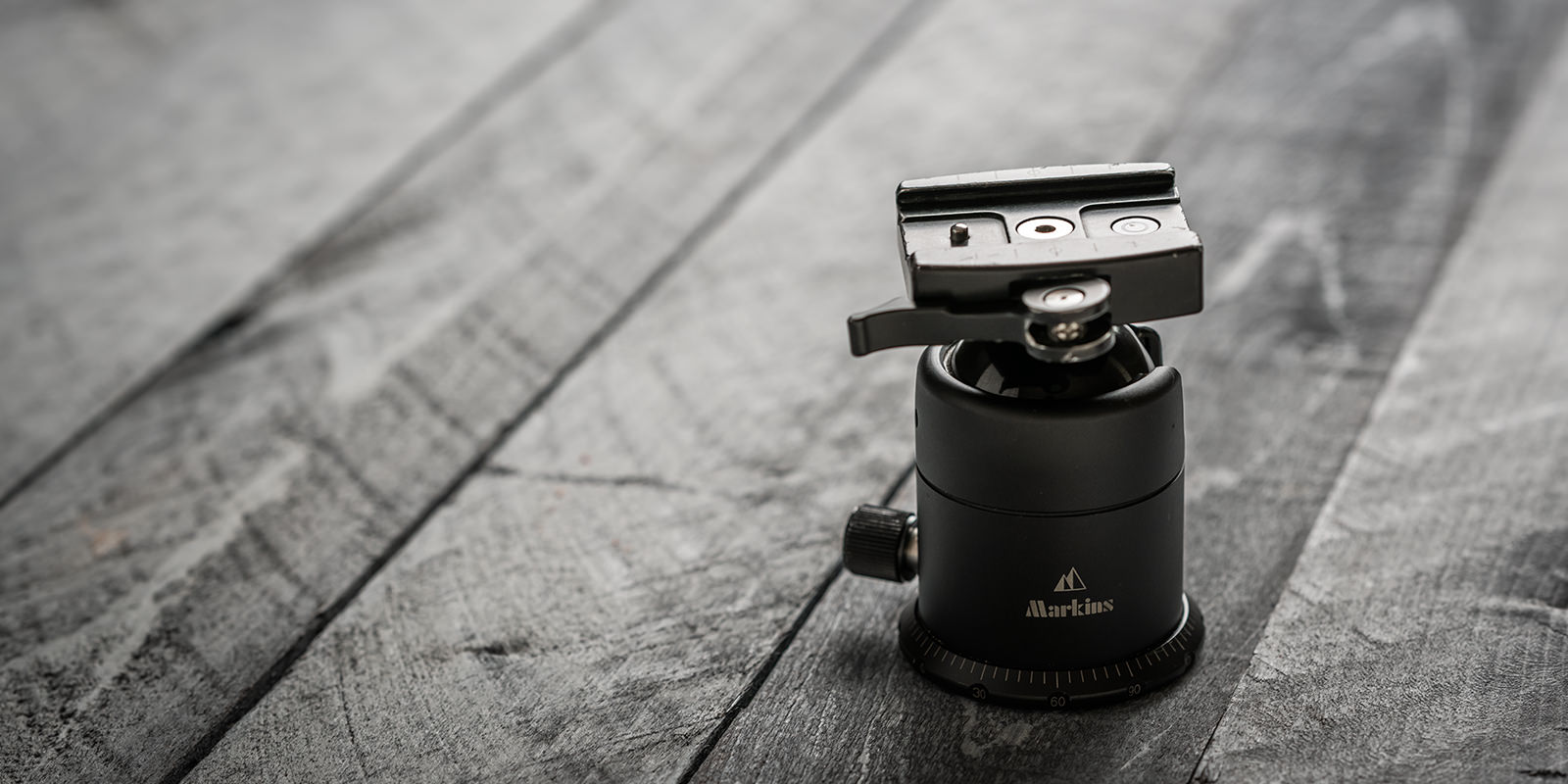
This is my everyday ball head when I shoot with 35mm cameras. I listed it here just for the sake of completeness. Absolutely love it. Light-weight and super strong. It probably has the highest stiffness/weight ratio among all ballheads. Has been working reliably for so many years and survived all kinds of crazy weather conditions. Many people think RRS makes the best ball heads. While I love the tripods of RRS and bought a few, I never fall in love with their ball heads (I did use a few models for a few months and gave up). The classic BH-55 is way too big and heavy, a overkill for most landscape shooters. The BH-40 size is OK, not as strong as Markins Q20 (with a little over half of the stiffness) but adequate for most situation. However, the big adjust level often gets in the way when you adjust cameras. Just my 2 cents and your mileage may vary, so please don't be mad at me if RRS makes your favorite heads.

Arca-Swiss Core Leveler 60 flipLock
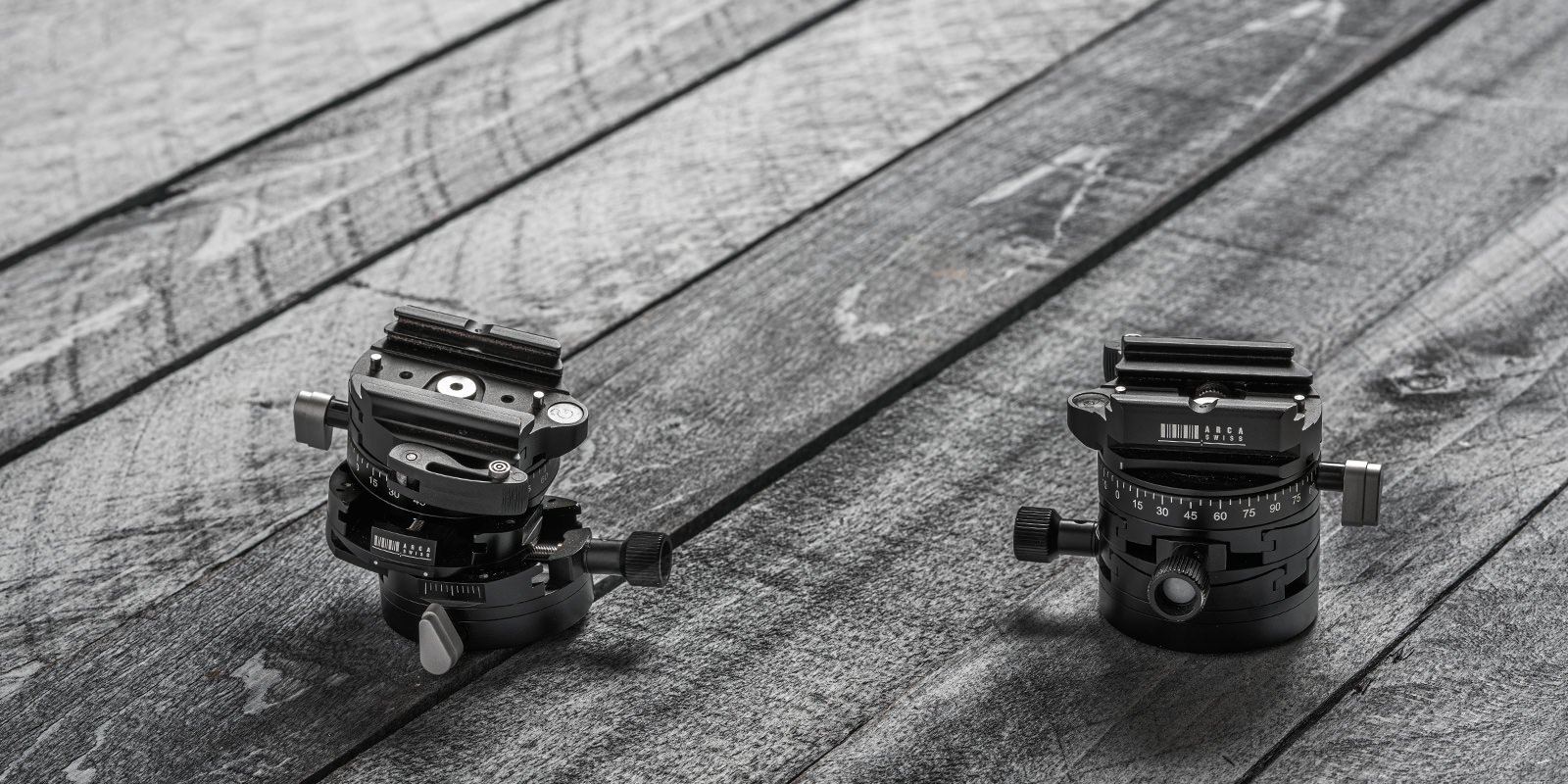
Very few people own this baby. Weighing only 16.2 oz / 460 gm, L60 is an incredible piece of engineering marvel. Smaller than most ball heads, this geared head can adjust the X and Y axes by +/-10 degrees. You can pan 360 degrees on both the top and bottom base. It should hold ALPA/XT well. For XF with a heavy zoom? I am not too sure. It is rated at 44 lbs (20 kg) payload, but we all know that such rating is meaningless.
The only caveat is that the degree of adjustment is only +/-10 degrees. If you want to shoot, say something on top of a tree, you cannot do it with this head, unless you are willing to adjust the tripod legs - but there is a limit until the tripod falls out of balance. There is a slightly larger version (L75), with +/-15 degrees move adjustment. Still not enough. I really want to take it with me when I hike or travel, however the limited adjustment means that this beauty probably is more suitable for architecture/indoor use.

Equatorial Mounts
ALPA 12 MAX on Markins Q20, which is mounted on a Sky-Watcher Star Adventurer Pro, which is mounted on a Arca Swiss D4.
People will tell you that you cannot use medium-format cameras to shoot starscape. Most of the lenses have a maximum aperture of only f/5.6 or f/4, which is too small for making high-quality images. You must crank up the ISO setting, which make images very noisy. The very reason people choose these harder-to-use-but-extraordinary-expensive medium-format systems is going after the image quality. What's the point of making noisy images?
Well, this viewpoint is out-of-date. I have been exploring using equatorial mounts with my medium-format systems to shoot starscapes for sometime. The results are incredible. With an equatorial mount tracking the movement of the stars and the the Milky Way, I can use very low ISO setting and a long exposure time (5-20 minutes) to get very clean, sharp, pin-point stars.
For larger cameras such as 12 MAX, I use a Sky-Watcher Star Adventurer Pro. For smaller camera such as 12 STC, I prefer iOptron SkyTracker Pro, which is much smaller and easier to use. Both are portable solutions.
This method offers absolutely incredible image quality. The following is a 340 megapixel image:
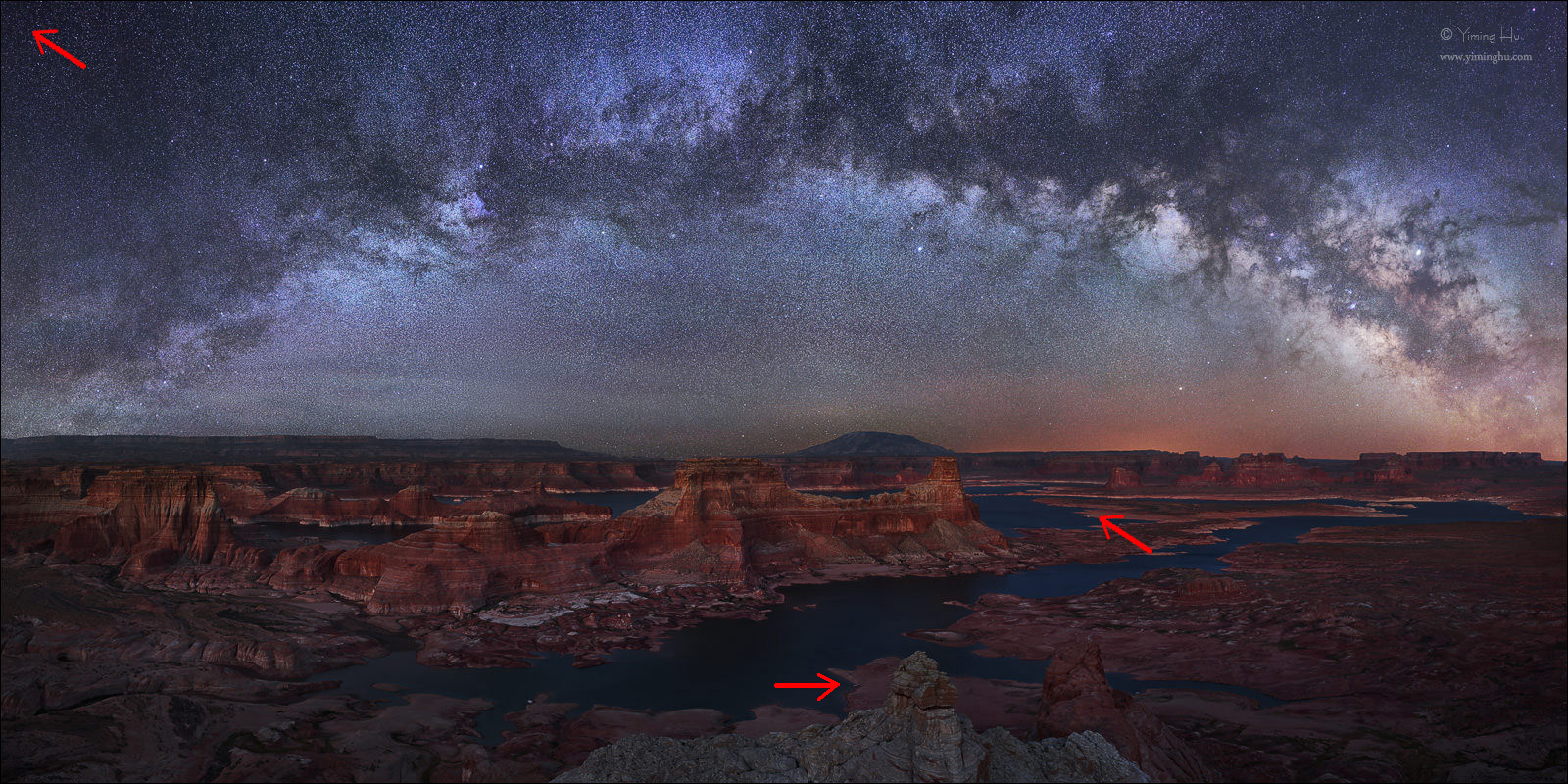
You can exam 100% details of the three tiny areas pointed by the three red arrows below:
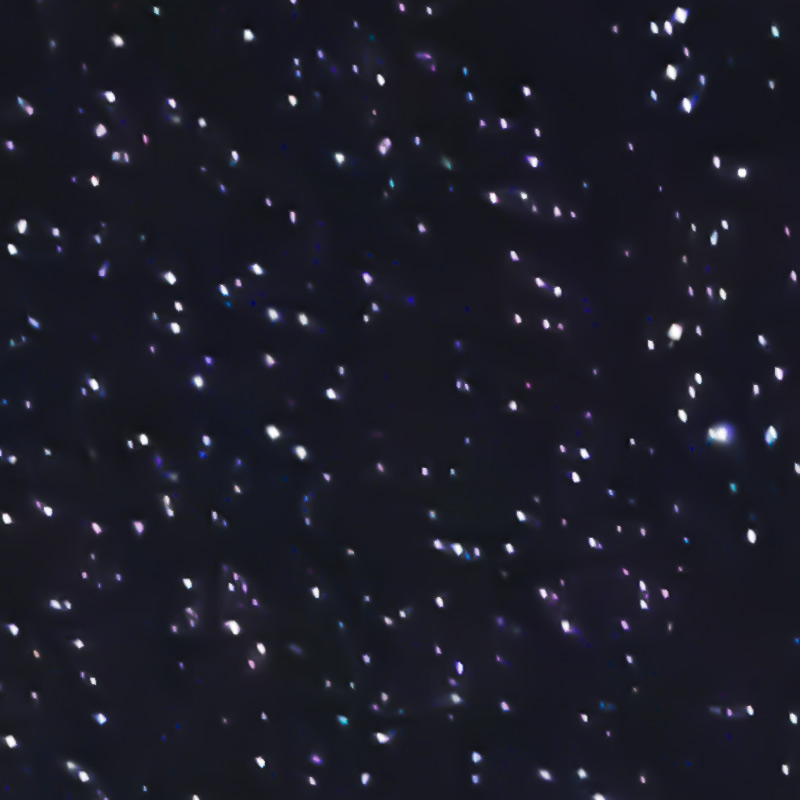
The sky was exposured with multple frames stitched together. Each frame was taken with ISO 400, f/4, 50mm, 2 minutes and 30 seconds. The stars are almost perfect round dots. This is by no means a deep space type of image. The lenses of MF cameras are not designed to shoot deep space. Moreover, I did not use any astrophotography techniques such dark frames and dithering to further improve it. Stiil, as part of a wide-angle nightscape photo, the image quality of the night sky is more than adequate for even very large, multi-meter prints.
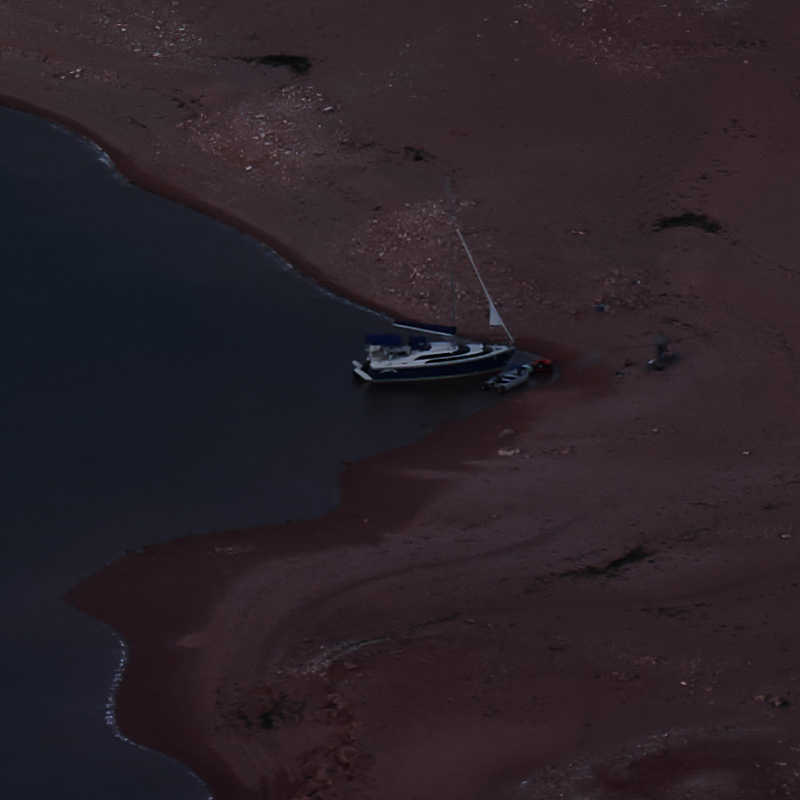
The level of details on the ground is of course unbelievable.
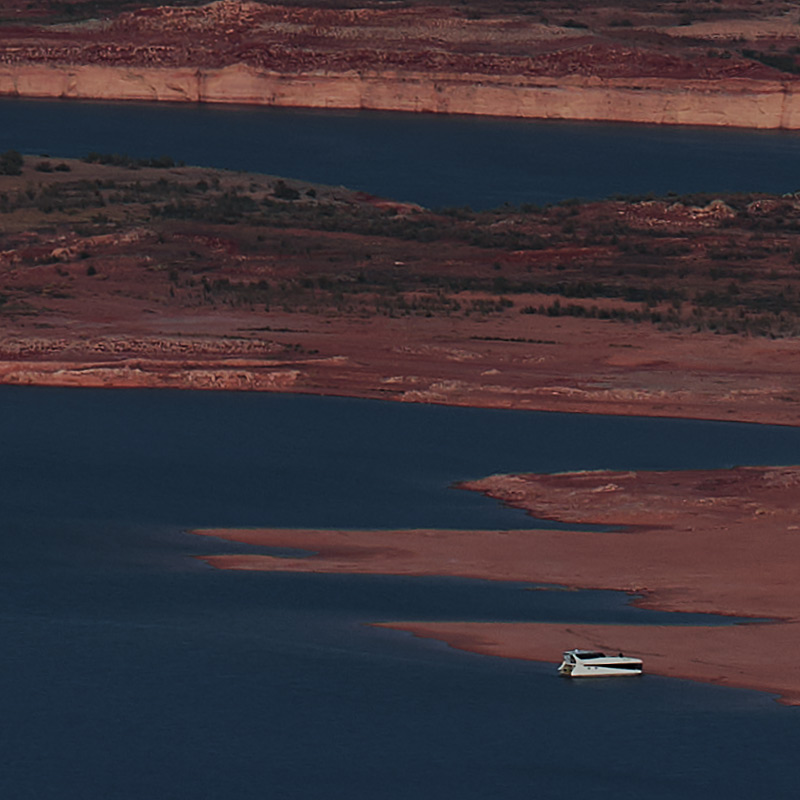
When you look at a huge print of this type, you enjoy it from many different aspects. When you step back and look at the entire image, you appreciate the grandeur of the nature, and the magnificence of the universe. Upon close inspection, you will find many interesting minute details which are not visible even to the naked eyes. When I was standing near the edge of the cliff, I never noticed that there were so many boats down there!
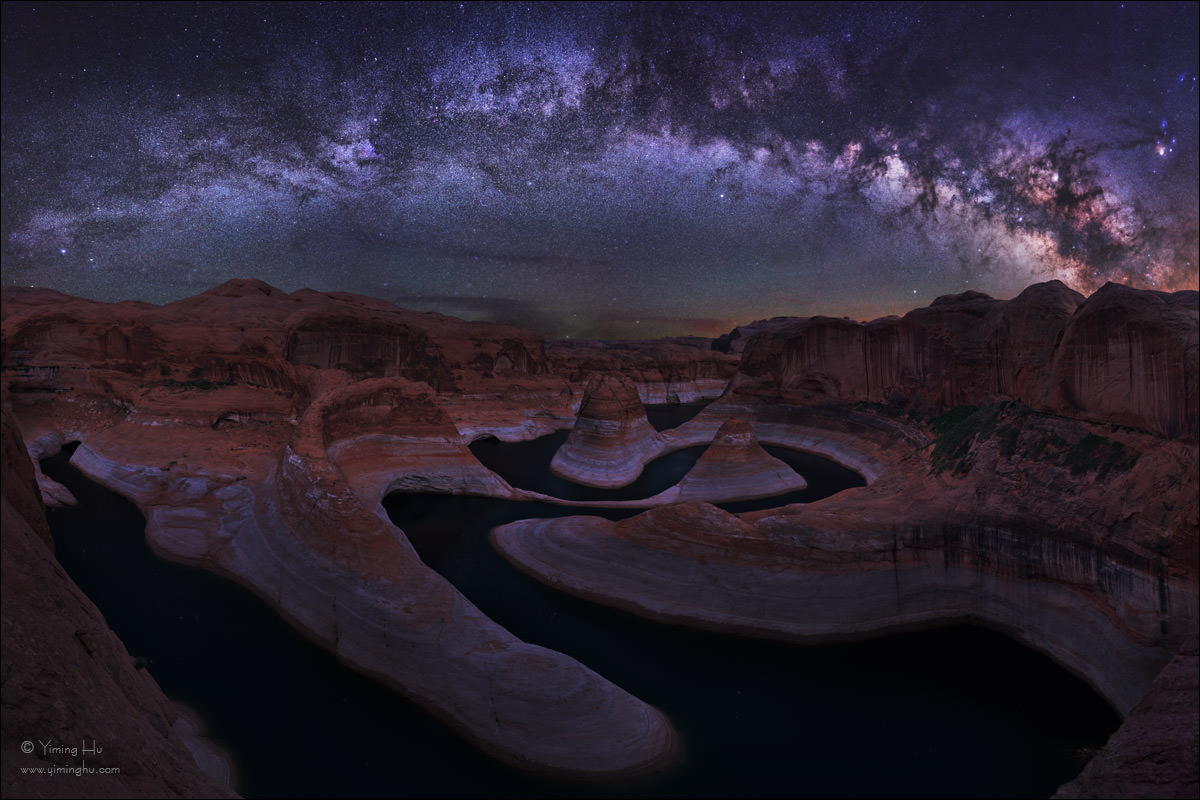
The following shows the location where it was being installed. The final presentation consisted of 18 LED panels. Each of the panel is 1.5X2 meters (59x79 inches). In fact, each individual panel, when exhibited separately, is huge.
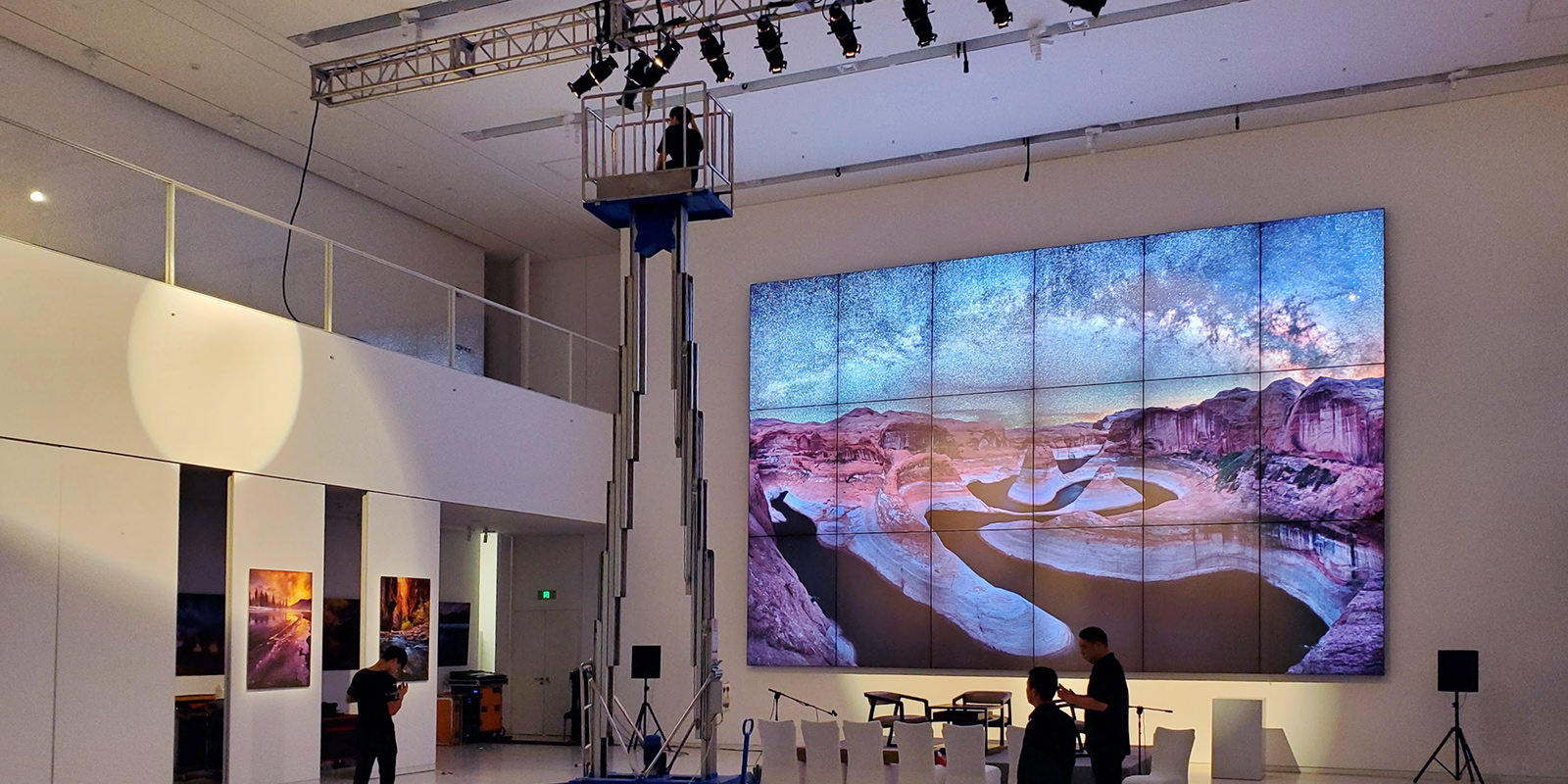
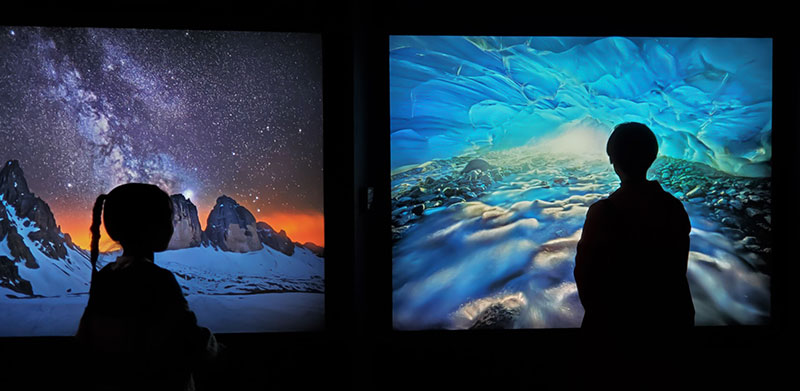
Some of the 18 LED panels, 1.5X2 meters each, were reused in another huge exhibation. The ice cave image on the right was one of them. Look at the size of this single panel!

The Best Software for Medium Format Landscape Photography
Although Capture One provides some powerful editing capabilities and up to 16 layers, Photoshop is still the king of editing. As a result, most of my advanced editing such as exposure-blending, DOF blending, color grading, and other artistic adjustment are performed in Photoshop, using my unique workflow. I know many people hate the subscription model of Adobe and have switched to Affinity Photo. I agree that Affinity Photo is an incredible steal, providing much of the Photoshop capability at an extremely low price (I got a copy myself, just to get to know the software). Still, I use Photoshop (and Lightroom) daily and to me, forking $10 per month to use two of the best imaging software is a no brainer.
I also rely on some phone apps while on the field. Lumariver is the best DoF and tilting calculating app, period. Planit Pro, developed by a friend of mine, is probably the best planning software out there. It's got a steep learning curve but it offers so much! Windy is arguably one of the best weather forecasting apps. Occasionally I use a viewfinder program to decide with lens to use. If you are an iPhone user, ALPA eFinder II is a good one. Too bad it is for iOS only. Since I am an Android user, I purchased Cadrage. It works, but it has better support for iOS devices. For example, it does not support wide-angle lenses available on many flagship Android phones, so I cannot realy emulate HR32 or HR23 lenses.
This concludes my four parts of digitial medium-format landscape photography resouce page.


Again in Lofoten, Norway. This image was taken on spring of 2019. IQ 4150 was just announced 3 months ago, but my group brought five IQ 4150 and four IQ 3100 (one was on an XF body, the other eight were on tech cameras) with us, not counting the demo systems brought by the Phase reps. It was not a planned IQ 4150/3100 event, it was a photo tour. But it just happened. Thanks for all the MF photog friends who trusted me over the years. Anyway, everyone upgraded to IQ4150 after the trip. It was probably one of the biggest IQ 4150 parties in the world back then. Phase One sent Mr. Ulf Liljegren (Phase One's Global Technical Support Manager) and Ms. Kristina Morozova to spend a few days with us as a form of tech support. Big thanks to them. We had a very good time discussing medium-format photography while drinking beer and eating some home-made Chinese food. It was only last year, but what a different world we are living in now!


